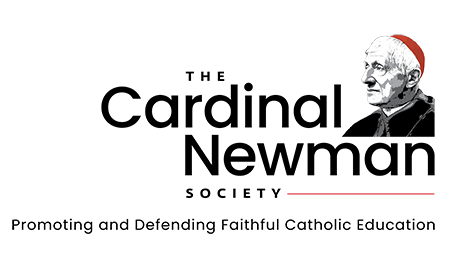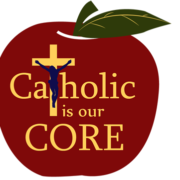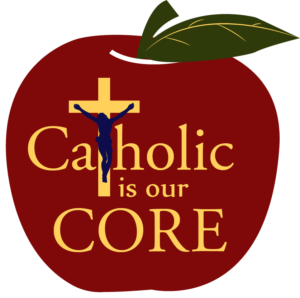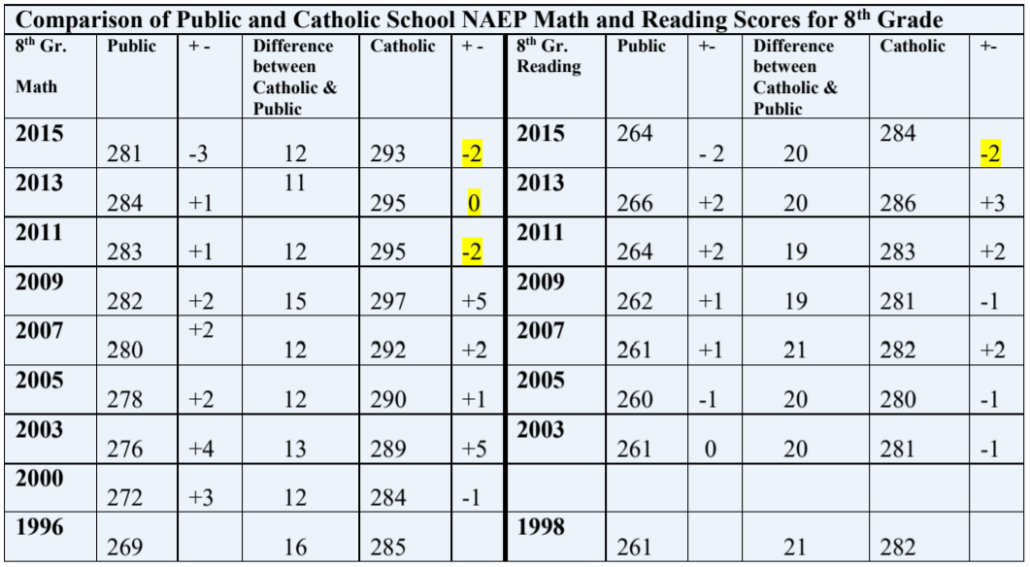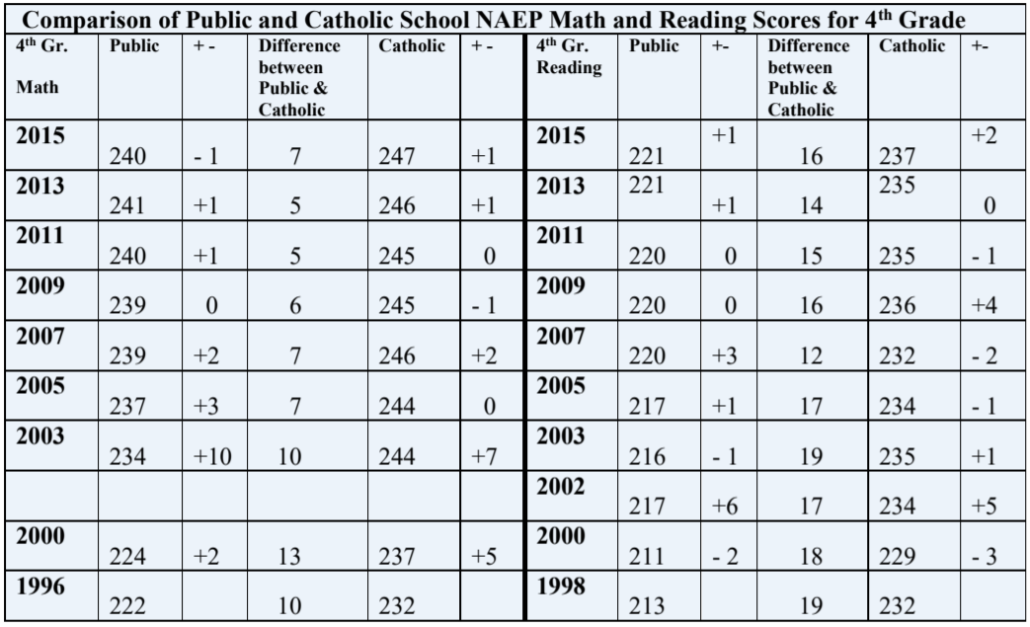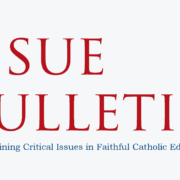Here is one of the clearest criteria for choosing or judging a college: you can be almost certain that any college that has dropped philosophy and theology from its core curriculum is not serious about a liberal arts education. And in my experience I find that this is true of many of the colleges in America.
This raises two questions: (1) What are philosophy and theology, and why are they crucial to a young person’s education today? (2) Aren’t they outdated, impractical, abstract, irrelevant, elitist, superfluous and even dangerous to faith and sanity?
Some Definitions
“Philosophy” means “the love of wisdom.” Wisdom is the knowledge of ultimate causes, explanations and principles. It includes knowledge of values, not just facts. It gives you a “big picture,” a “world-view” and a “life-view.” It explores such questions as these: What is the essence of a human being? What is the meaning (value, goal, purpose) of human life? What is a good life? What is a good society? Are there higher laws than man’s laws? Are we here by chance or design? Are we fated or free? How do we know what is good or evil? How do we know anything? Is anything certain? Can reason prove (or disprove) the existence of God? Why do we suffer? Why do we die? Is there life after death?
Anyone who is simply not interested in these questions is less than fully human, less than fully reasonable. Reasonable persons, even if skeptical about the possibility of answering them, will not dismiss them as unanswerable without looking (that is not reason but prejudice) but will examine the claims of philosophers to have given reasonable answers to these questions before settling into a comfortable, fashionable skepticism.
Theology comes in two forms, philosophical and religious. Philosophical theology (“natural theology”) is a subdivision of philosophy. It uses natural human reason to explore the greatest of all questions, the questions about God. Religious theology (or “revealed theology”) is a rational exploration of the meaning and consequences of faith in a revealed religion—in our case, the “deposit of faith” or “Sacred Tradition” of the Catholic Church which comes from Christ and His apostles, and the scriptures they wrote.
In most Catholic universities today, Sacred Tradition is no longer sacred. It is treated as something to be “dissented” from (“diss” is the first part of “dissent”), as an enemy to enlightenment, progress, maturity and liberation, or at least as an embarrassment to be “tweaked,” “nuanced” or “massaged” rather than as a gift to be gratefully, faithfully and lovingly explored.
Most Catholic universities today have philosophy departments that are excellent spiritually as well as academically, but have deeply compromised theology departments. Their effect on students is much more often to weaken their faith than to strengthen it, not only in controversial moral issues such as abortion, contraception, cloning, euthanasia and sexual morality, but even in fundamental doctrines such as Christ’s divinity and resurrection and the historical truth of the Gospels.
We badly need good philosophy and theology. But why? To answer this question, look at where they are taught. They are taught in colleges and universities. So to find the “why” of philosophy and theology, we must find the “why” of colleges and universities.
The Goal of Education
Considering the trillions of dollars spent on universities by parents, governments and foundations, it is amazing that most of the people who go there (the students) and most of the people who pay for them (the parents and the government) never even ask, much less answer, this question: What is the purpose of the university? It is the most influential institution in Western civilization, and most of us don’t really know exactly why we entrust our children to them.
The commonest answer is probably to train them for a career. A B.A. looks good on your resume to prospective employers. That is not only a crass, materialistic answer, but also an illogical one. Consider what it means. It means that the reason students should study in universities is so that they can get high grade-point averages and thus get better jobs when they graduate.
What does “better jobs” mean? It means first of all, to most of them, better-paying jobs. But why do they need better paying jobs? For the money, of course. Silly question. But why do they need money? That is an even sillier question. Life has expenses. What life? Most of them hope to marry and raise families, and it takes a lot of money to do that. Why does a family need a lot of money? The two most expensive things a family needs money for are a house and a college education for the kids.
Ah, so a student should study to get high grades to get an impressive resume to get a good job, to finance his family when it sends his kids to college to study, to get high grades, et cetera, et cetera.
This is arguing in a circle. It is like a tiger pacing round and round his cage in a zoo. Is there a better answer? There is if you know some philosophy. Let’s look.
Probably the most commonsensical and influential philosopher of all time was Aristotle. Aristotle says that there are three “whys,” three purposes, ends or reasons for anyone ever to study and learn anything, in school or out of it. Thus there are three kinds of “sciences,” which he called “productive,” “practical” and “theoretical.” (Aristotle used “science” in a much broader way than we do, meaning any ordered body of knowledge through causes and reasons.)
The purpose of the “productive sciences” (which we today call technology) is to produce things, to make, improve or repair material things in the world, and thus to improve our world. Farming, surgery, shipbuilding, carpentry, writing and tailoring were examples in Aristotle’s era as well as ours, while ours also includes many new ones like cybernetics, aviation and electrical engineering.
The purpose of the “practical sciences” (which meant learning how to do or practice anything, how to act) is to improve your own behavior in some area of your own life. The two most important of these areas, Aristotle said, were ethics and politics. (Aristotle saw politics not as a pragmatic, bureaucratic business of running a state’s economy, but as social ethics, the science of the good life for a community.) Other examples of “practical sciences” include economics, athletics, rhetoric and military science.
The third kind of sciences is the “theoretical” or “speculative” (contemplative), i.e., those that seek the truth for its own sake, that seek to know just for the sake of knowing rather than for the sake of action or production (though, of course, they will have important practical application). These sciences include theology, philosophy, physics, astronomy, biology, psychology and math.
Theoretical sciences are more important than practical sciences for the very same reason practical sciences are more important than productive sciences: because their end and goal is more intimate to us. Productive sciences perfect some external thing in the material world that we use; practical sciences perfect our own action, our own lives; and theoretical sciences perfect our very selves, our souls, our minds. They make us bigger persons.
And that is the reason for going to college in the first place: not to make money, or things, or even to live better, but to be better, to be more, to grow your mind as you grow your body.
The Big Picture
What we have been doing for the last several paragraphs is philosophy. We need philosophy because we need to explore such reasons, reasons for studying, reasons for universities’ existence, even (especially) reasons for your own existence. For one of the primary questions all great philosophers ask is: What is the meaning of life, the reason for being, the point and purpose and end of human existence in this world? If you don’t know that, you don’t know anything because you don’t know the point of everything. If you don’t know that, you may get all A’s in all your subjects, but you flunk Life.
The answer to that question for any intelligent, honest and serious Christian, Jew or Muslim is God. Supreme wisdom is about knowing God. And philosophy is the pursuit of wisdom. So philosophy is ultimately the pursuit of God, using the tools of natural human reason and theology by faith in supernatural divine revelation.
The “wisdom” philosophy pursues is not a factual knowledge like physics or history; but a knowledge, and understanding, and appreciation, of values, of what ought to be rather than merely what is. For instance, we need to know whether career (work) or family is more important, because most of us will invest enormous emotional and physical energy in both, and they will always compete and conflict to some extent.
We want to know the meaning of falling in love and romance and sex. What is its meaning, its purpose? For two generations now we have been asking every conceivable question (and many inconceivable questions, too), but not this one, not the very first and most basic one.
You see? Philosophy and theology raise the mind’s eyes to The Big Picture. If we can’t see that, we miss the forest and see only the trees; we count the syllables in the book of life but don’t know what kind of a story we are in.
Good Philosophy, Good Theology
One philosopher tells this story. (I paraphrase.) I was raised in a New York City slum. There were no books in my house. No one in my high school cared about education. I found an escape in the great 42nd Street library, where I devoured books indiscriminately. One day, I happened to read the famous “allegory of the cave” from Plato’s Republic. It changed my life. I found my identity. My life was that cave, and philosophy was the way out into another, bigger world. My mind was born that day. For the rest of my life I have explored the world outside the cave, the world of ideas, and taught others to do so. The biggest thrill in my life is finding among my students someone like me whom I can show that there is a way out of the cave, and that there is a bigger world outside.
That is why we all need to study philosophy (and, even more obviously, theology): because it is the discovery of another world, another kind of world, another kind of reality than the material world: the discovery that ideas are real, and that (in the words of a great book title) “ideas have consequences.”
The only alternative to good philosophy is bad philosophy. “I hate philosophy” is bad philosophy, but it is a philosophy: egotism. “Philosophy isn’t practical” is a philosophy: pragmatism. “Philosophy doesn’t turn me on” is a philosophy: hedonism.
Everyone has a philosophy, just as everyone has an emotional temperament and a moral character. Your only choice is between “knowing yourself” and thinking about your philosophy, or hiding from it and from yourself. But what you do not think about will still be there, and will still motivate you, and have consequences, and those consequences will affect all the people in your life up to the day of your death and far beyond it.
Your philosophy can quite likely and quite literally make the difference between heaven and hell. Saint Francis of Assisi and Adolf Hitler were not professional philosophers, but both had philosophies, and lived them, and went to heaven or hell according to their philosophies. That is how much of a difference thought can make: “Sow a thought, reap an act; sow an act, reap a habit; sow a habit, reap a character; sow a character, reap a destiny.” Buddha said, “All that we are is determined by our thoughts: it begins where our thoughts begin, it moves where our thoughts move, and it rests where our thoughts rest.”
Philosophy can lead you to God, and theology can lead you further into God (or away from Him). And God is the source of all truth, all goodness and all beauty; that is, of everything we value. (If that is not true, then God is not God.) All truth is God’s truth; when an atheist discovers some scientific truth, he is reading the mind of God, the Logos. All goodness is God’s goodness; when an agnostic secularist loves his neighbor, he is responding to divine grace. All beauty is God’s beauty; when a dissipated, confused and immoral artist creates a thing of beauty, he is using the image of God in his soul, being inspired by the Holy Spirit, however anonymously, and participating in God’s creative power.
Philosophy is a necessity if you want to understand our world. Bad philosophy is the source of most of the great errors in our world today. Errors in philosophy are devastating because they affect everything, as an error of an inch in surveying the angle of a property line will become an error of ten yards a mile down the line.
Most of the controversies in our world today can be understood and solved only by good philosophy and theology; for instance, the relation between world religions, especially Islam and Christianity; human life issues such as abortion, euthanasia and cloning; the justice of wars; the meaning of human sexuality and of the “sexual revolution”; the relation between mind and brain, and between human intelligence and “artificial intelligence”; the relation between creation and evolution; how far we are free and responsible and how far we are determined by biological heredity and social environment; the relation between morality and religion, and between religion and politics; and whether morality is socially relative or universal, unchanging and absolute.
Revealed theology claims to have the answers, or at least the principles that should govern the answers, to many of these questions. So theology is even more important than philosophy, if answers are more important than questions. And of course they are, for the whole point of asking a question, if you are honest, is the hope of finding an answer. It is nonsense to believe that “it is better to travel hopefully than to arrive,” and good philosophy refutes that self-contradiction. If it’s not better to arrive at your goal of truth than to strain after it, then truth is not really your goal at all, and the straining after it is a sham.
That is not, of course, to say that it is easy to arrive at the goal of truth, or that all we need is a set of answers we believe on the Church’s authority but do not understand. The truly respectful attitude toward the authority of the Church—which is an extension of the authority of Christ—is to let revealed truth permeate our minds and our lives like light, not simply to preserve that light by hiding it under a bushel basket. All “ideas have consequences,” especially divinely revealed ideas; and it is our job to lovingly draw out those consequences, like philosophers, and not to fear them, like heresy hunters, or to claim them as our own in a spirit of superiority to our divine teacher, like heretics.
Answering Objections
But there are objections to philosophy and theology out there. If this were not so, the teaching of these subjects would not have declined so precipitously. Let us briefly consider and answer some of them.
What can you do with philosophy and theology anyway? We have already answered that question by noting that it is the wrong question. The right question is what they can do with you.
But they’re so abstract! Yes, and that is their glory. To be incapable of abstraction is to be less than human, or a less than fully developed human. Animals and small children, for instance, are incapable of abstraction. They do not talk about Fate and Freedom, or Good and Evil, or Divinity and Humanity, or Life and Death (all abstractions). They talk only about hamburgers and French fries, boo boos and bandages, malls and cartoons. These things are not “the real world.” They are the shadows on the walls of Plato’s cave. Philosophy and theology are not fantasy. They are the escape from fantasy.
But philosophy is a dinosaur—it isn’t up to date, modern, popular, etc. No. Neither is wisdom, virtue, happiness, piety, fidelity, courage, peace or contentment.
What does philosophy have to do with real life? Everything. It is more important to know the philosophy of a prospective employee or employer, landlord or renter, friend or enemy, husband or wife, than their income, social class or politics.
Philosophy is elitist. It speaks of “Great Books” and “Great Ideas” and “Great Minds.” Yes, it does. At least good philosophy does. If you prefer crummy books, stupid ideas and tiny minds, you should not waste your money on college. If you believe that all ideas are equal, rather than all persons, you are confused and need a philosophy course. (Is the idea that all ideas are equal equal to the idea that they are not?)
“Philosophy bakes no bread.” It does not make you rich. It is contemplative, like monasticism. True. But why do we make money and bread? Is money our means (of exchange) to our end? Money is for bread, and bread is for man, and man is for truth. The ultimate end of human life is contemplative: knowing and appreciating the truth. We will not be baking bread or making money in Heaven, but we will be philosophizing.
Religion makes philosophy superfluous. If you have faith, you don’t need reason. Yes, you do: you need reason to understand your faith. And you need reason to know whether your faith is the true faith. There are many fakes. And how do you know that unless you think about it? And if you don’t want to think about your faith, then either you aren’t really very interested in it, or you are afraid it is so weak that it will not endure the light. In that case you need a faith-lift.
But philosophy can be a danger to faith. Many have lost their faith through philosophy. Yes, and many have gained it, too. Of course, philosophy is dangerous. So is love, and trust, technology and money. Bad things are always misuses of good things. Wherever great harm is done, great help could have been done.
Final Things
This is especially true in theology. I know a chaplain who was ministering at the bedside of an old, dying man who had “lost his faith” and left the Church decades ago. The chaplain asked him what he believed about life after death, and the man replied that he had no idea where he was going and he didn’t think anyone else did either, because no one had any idea where they came from in the first place or why they are here.
The chaplain disagreed. He said, “You know the answers to those questions. You learned them as a little boy. You forgot them. But you can remember them now. It’s not too late. You learned the Baltimore Catechism, didn’t you? Yes, you did. Do you remember how it begins?”
The man wrinkled his brow, retrieving an old memory. “Yeah. It went like this: ‘Who made you? God made me. Why did God make you? God made me to know Him, to love Him and to serve Him in this world, and to be happy with Him forever in the next.” The man paused, lifted his eyes, and said, “You’re right. That’s true!” And a smile appeared on his face. And then he died.
You need philosophy and theology now because you will need it on your deathbed later.
